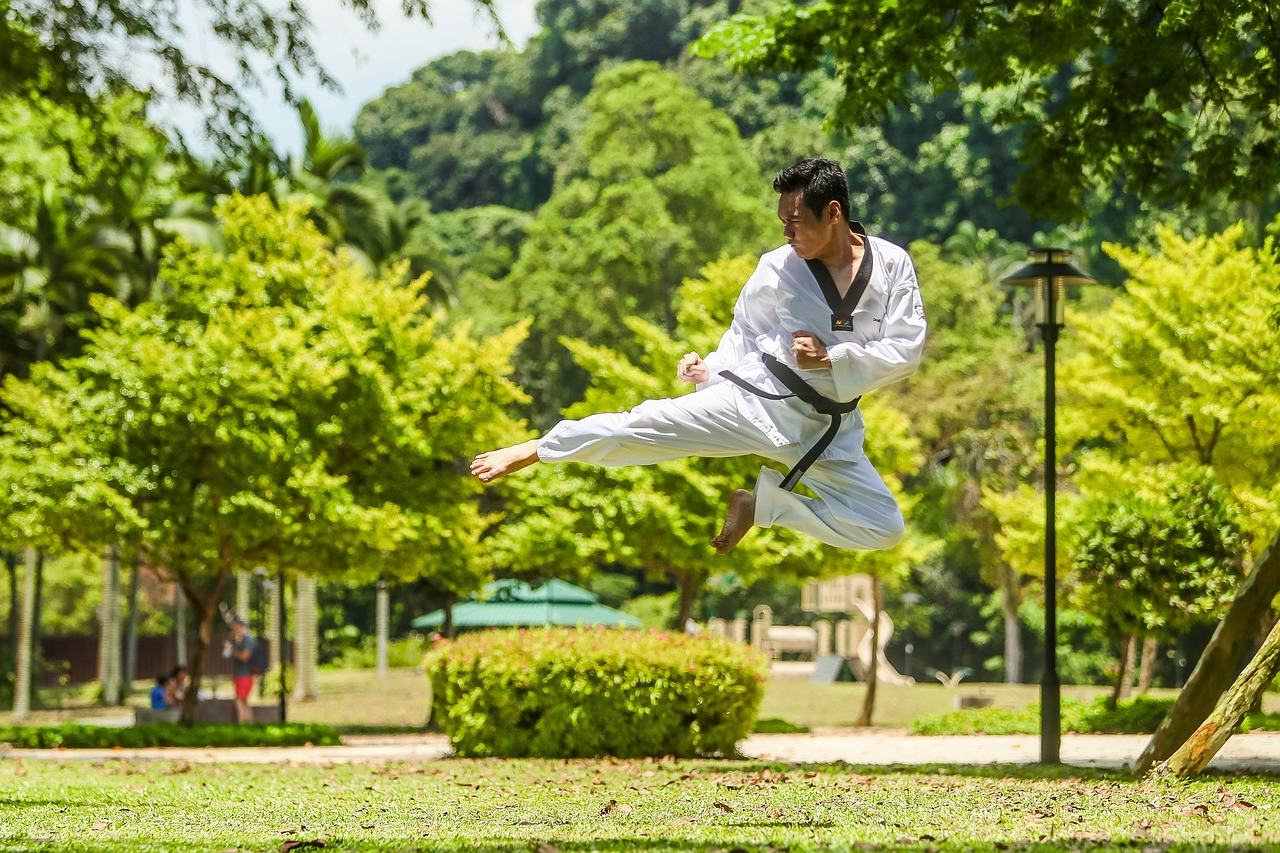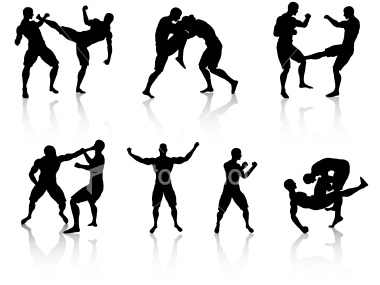In the world of discipline, strength, and strategy, few practices stand as tall as Japanese martial arts. From the swift precision of Kendo to the meditative movements of Aikido, these ancient disciplines have captured the fascination of millions worldwide. But where did they originate? How did they evolve into the forms we know today? Let’s embark on a journey through time to unravel these mysteries.
The story begins in feudal Japan, a time when samurai warriors were not just soldiers but symbols of honor and bravery. Their lives were governed by Bushido – the way of the warrior. This code emphasized virtues like courage, respect, honesty, and self-discipline. It was more than just a set of rules; it was a way of life that laid the foundation for many martial arts disciplines.
‘Martial arts’ is an extremely general term that encompasses a vast variety of self-defense techniques that can be found in Japan. Three of the most commonly used terms are ‘bud?’, or the ‘martial way’; ‘jujutsu’, or ‘the craft, science or art of war’ and ‘bugei’, which literally means ‘martial art’.
The origin of Japanese martial arts can be traced back to the samurai and caste systems. Rigorous adherence to strict warrior traditions of the time meant that commoners who were not samurai had restricted use of weapons.
The samurai themselves had to be skilled in both weapons use and unarmed combat. Supreme mastery of fighting skills was the ultimate way to achieve glory for themselves and their lord. Eventually, perfecting a fighting skill became a way of achieving a spiritual goal.
Japanese martial arts history evolved relatively slowly in comparison to the rest of the world outside. Its islands remained relatively isolated from the influences of the outside world.
As such, it is believed that the samurai were able to develop a greater understanding of their weapons because they didn’t have many new weapons to adapt to. Instead, they found more innovative and inventive ways to use the arms they had.
Throughout the origin of Japanese martial arts, combatants became more and more specialized in the fighting arts they pursued.
At the same time, martial arts gradually changed to encompass a wider interpretation of bud, which taught that there was a deeper reason for the art of self-defense than just having mastery and superior skill over opponents.
Fast forward to modern times and you’ll find Judo – an evolution from Jujutsu by Jigoro Kano in 1882. Kano believed in “maximum efficiency with minimum effort,” which is reflected in Judo’s emphasis on using an opponent’s strength against them rather than relying solely on one’s power.
Kendo, another popular martial art form with its roots in Samurai swordsmanship, is not just about physical prowess but also mental discipline. It teaches practitioners to strike not when they see an opening but when they feel it – a lesson in intuition and timing that can be applied far beyond the dojo.
Aikido takes a different approach. Founded by Morihei Ueshiba, it focuses on harmony and blending with the opponent’s movements to redirect their energy. This art form is a testament to the power of peace and unity, demonstrating that strength doesn’t always come from dominance but can also stem from understanding and cooperation.
While these martial arts vary in techniques and philosophies, they all share common threads – discipline, respect, and continuous self-improvement. They remind us that every challenge is an opportunity for growth and that true strength lies not in overpowering others but in mastering oneself.
So whether you’re a seasoned martial artist or a curious beginner, remember that every punch, kick, or throw is part of a rich tapestry woven through centuries of tradition and evolution. And as you step onto the mat, know that you’re not just practicing a sport; you’re participating in a living piece of history.
P.S. Have any fascinating insights about Japanese martial arts or personal experiences to share? Feel free to leave them in the comments below! We’re all here to learn from each other’s journeys.



